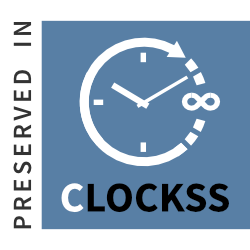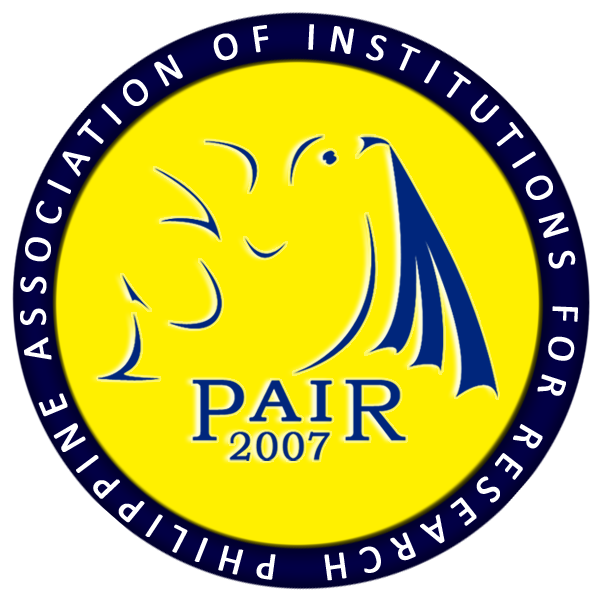Functionality of Special Education Fund (SEF): Its Role on Improving Basic Education
DOI:
https://doi.org/10.7719/jpair.v3i1.80Keywords:
Special Education Fund, functionality, basic educationAbstract
This research attempts to investigate the functionality of the Special Education Fund as a function of the transparency and accountability of its administrator, the Local School Board. The indicators of SEF functionality include the budget and expenditure behaviour matched against the provisions of the Local Code as to the legitimate application of the SEF. The functionality of the LSB is presumed to have an impact on the conditions of the public elementary schools considering pupil to teacher ratio, pupil to classroom ratio and pupil to seat ratio. The study was conducted in ten municipalities of Misamis Oriental using the purposive sampling procedure. Members of the LSB were interviewed using a structured questionnaire and focus group discussion. Another interview was done with the school heads or principals of the various public elementary schools. Findings revealed that the SEF is seemingly weak in its functionality level. Nevertheless, the transparency and accountability of the LSB is generally "good" while the condition of the public elementary schools appears conducive and favourable to the learning process. On the other hand, the policy actions exercised by the LSB are seemingly partially participative.
Downloads
References
Abcede, M. V. D. (2006). Financing ICTs in basic education.
Iñigo, C., Jr. E. (2002). Management for Filipinos: Principles and applications. Design Plus.
Berbano, L. H. (Ed.). (1992). A guide to the local government code of 1991. Manila, Philippines: Mary Jo Educational Supply.
Downloads
Published
Issue
Section
License
Copyright (c) 2009 Dixon Q. Yasay

This work is licensed under a Creative Commons Attribution-NonCommercial 4.0 International License.
Open Access. This article published by JPAIR Multidisciplinary Research is licensed under a Creative Commons Attribution-Noncommercial 4.0 International (CC BY-NC 4.0). You are free to share (copy and redistribute the material in any medium or format) and adapt (remix, transform, and build upon the material). Under the following terms, you must give appropriate credit, provide a link to the license, and indicate if changes were made. You may do so in any reasonable manner, but not in any way that suggests the licensor endorses you or your use. You may not use the material for commercial purposes.





















